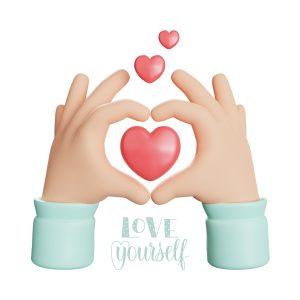Here are some ways that osteopathy can help enhance the love this Valentine’s Day!
1. Holistic Connection. Osteopathic treatment doesn’t only nurture your physical health, but your emotional wellbeing too. Improved emotional health will support deeper connections with your loved ones.
2. Stress Relief. Osteopathic treatment can help reduce stress through the physical relief it gives, alongside eliminating the worry that may co-exist with a pain problem. With less on your mind you can take greater enjoyment in the time you take with your nearest and dearest.
3. Shared Wellness Goals. Perhaps taking up an activity with a friend or partner can make you more likely to succeed in your wellness goals. Making the activity more fun and being accountable to one another. Remaining socially engaged as you do something positive for your wellbeing can increase your emotional health alongside any benefits from a physical pursuit. A physical venture can be supported by osteopathic care.
4. Posture and Presence. Posture can be improved by osteopathy. This will aid mobility and comfort. You will feel better, more confident and be more present in your relationships. This can improve date night and possibly romantic opportunities!
Taking care of yourself isn’t selfish. Whatever means you choose to do it by. Looking after yourself helps you to take care of and be there for those you cherish. Greater physical and mental wellbeing translates to better relationships with those around you.
So love yourself this Valentine’s Day! If you have an injury, a niggling pain or struggle to manage general body aches and stiffness. Get in touch to see if osteopathic care might help you.










